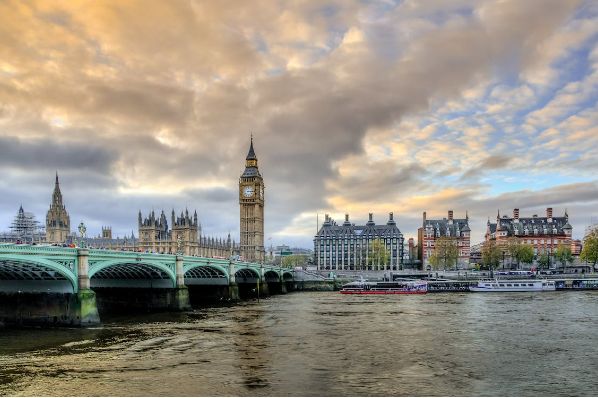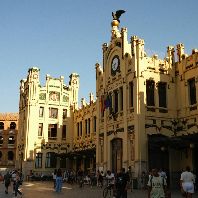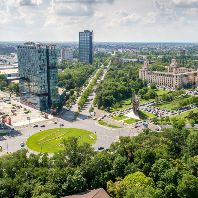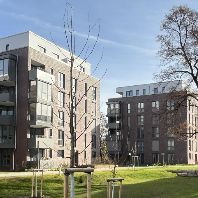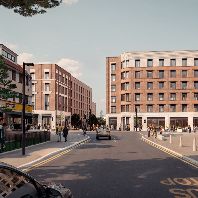London is an outstanding city with a rich history and global financial power. It has overcome challenges like COVID-19, Brexit, and the Global Financial Crisis. London has progressed greatly during all Industrial Revolutions, and the Fourth Industrial Revolution is currently disrupting every aspect of life, including London.
London today
London's working-age population was 9.03 million in 2020, a 24% increase from 2000, according to a report by Cushman & Wakefield. Although this growth outpaced the UK average of 14%, London's outlook over the next 20 years to 2040 is weaker with a forecast of 10% growth, which is below the UK's predicted 12% growth.
The report also showed that London has the highest average weekly earnings of the 10 cities studied, supported by the strong GVA per capita of €56,880, which is 63% above the UK average and accounts for 22% of the country's GVA. This figure is expected to increase by 30% by 2040, marginally faster than the UK average. Although GDP per worker in London is in line with Berlin and Paris, it is substantially lower than New York, which reports 74% more output per worker. However, house prices in London are the least affordable of the 10 cities studied, at 14.5 times the average wage. This is compounded by lower levels of housing deliveries in London, with completions in five of the past six years being below the 10-year average.
Moreover, inner London has the highest population density among the UK cities surveyed at 11,437 people per km2. However, this figure is substantially lower than other European cities such as Paris (20,025 per km2) and Barcelona (15,980 per km2). Despite the strong levels of public transport, multiple local centers, and active transport infrastructure, CO2 emissions per capita in London are the highest of the cities in the report.
In the future, it is expected that the professional and scientific services, admin and support services, construction, real estate, and water supply and waste management industries will experience the most growth. The financial and insurance sectors, as well as retail and manufacturing, are predicted to decline faster than the UK average in the capital. To prevent the loss of employment opportunities, the government will need to provide support through policies and grants. Despite the high cost of living in London, its institutions are still leading innovation and development.
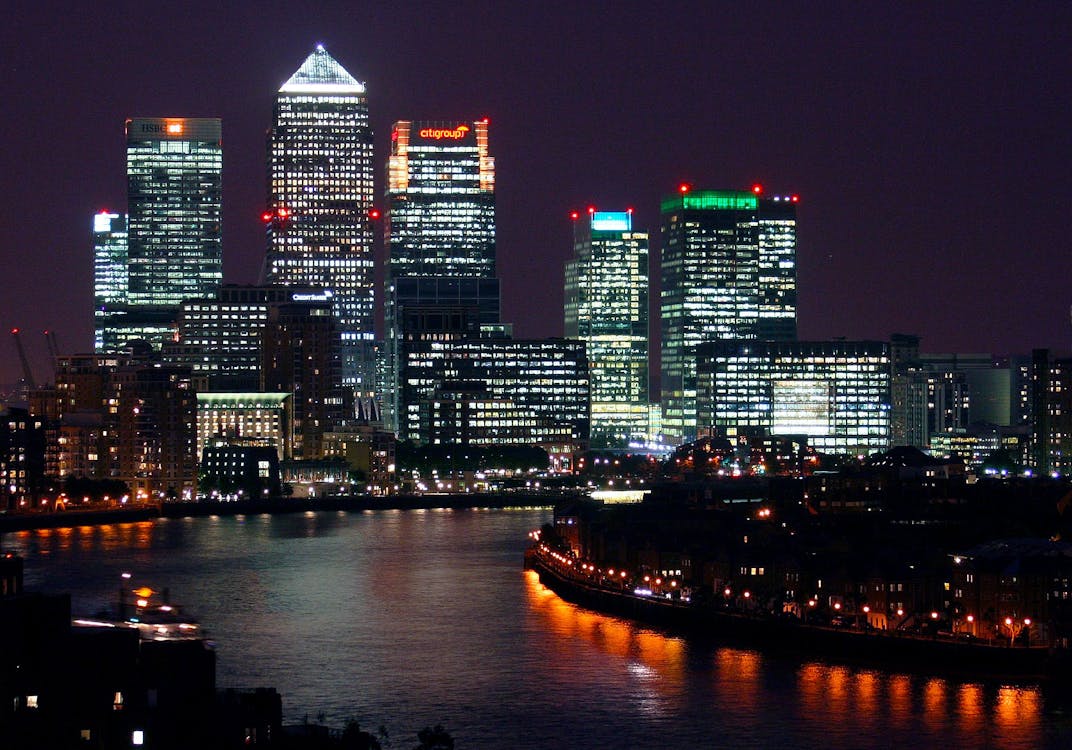
London in Future
Cushman & Wakefield analysts and experts have created a vision for London in 2040 by examining current plans and investment commitments that will shape the city's future.
The largest office market in the UK will continue to be the City. However, it will have a more diverse structure by 2040, including mixed-use elements, particularly at its fringes. The focus on well-being and carbon spend will increase, resulting in improved quality of office space in the core, and weaker stock that will struggle to remain relevant will create a tidemark. Cheapside, which was once London's premier retail street, will become a lively attraction, with its side streets offering informal meeting spaces, coffee shops, cultural and flexible office spaces, and creating destinations that are busy throughout the week. The City's many historical assets will once again become one-stop destinations for tourists, consumers, and office workers.
By 2040, Canary Wharf will have undergone a transformative change, becoming a city center in its own right. Currently, it stands as one of London's three major office centers, but its size already exceeds that of most UK city centers. With the rapid population growth being experienced in East London, it will become a hub for these communities. The estate is already transitioning from a day-time commuter destination to a 24-hour live, work, and play location, and this transformation will be complete by 2040. The docks will be the focal point of the estate, offering pontoons, restaurants, music, and light shows that rival the world's best international waterfronts. Additionally, they will provide opportunities for wellbeing and sporting pursuits.
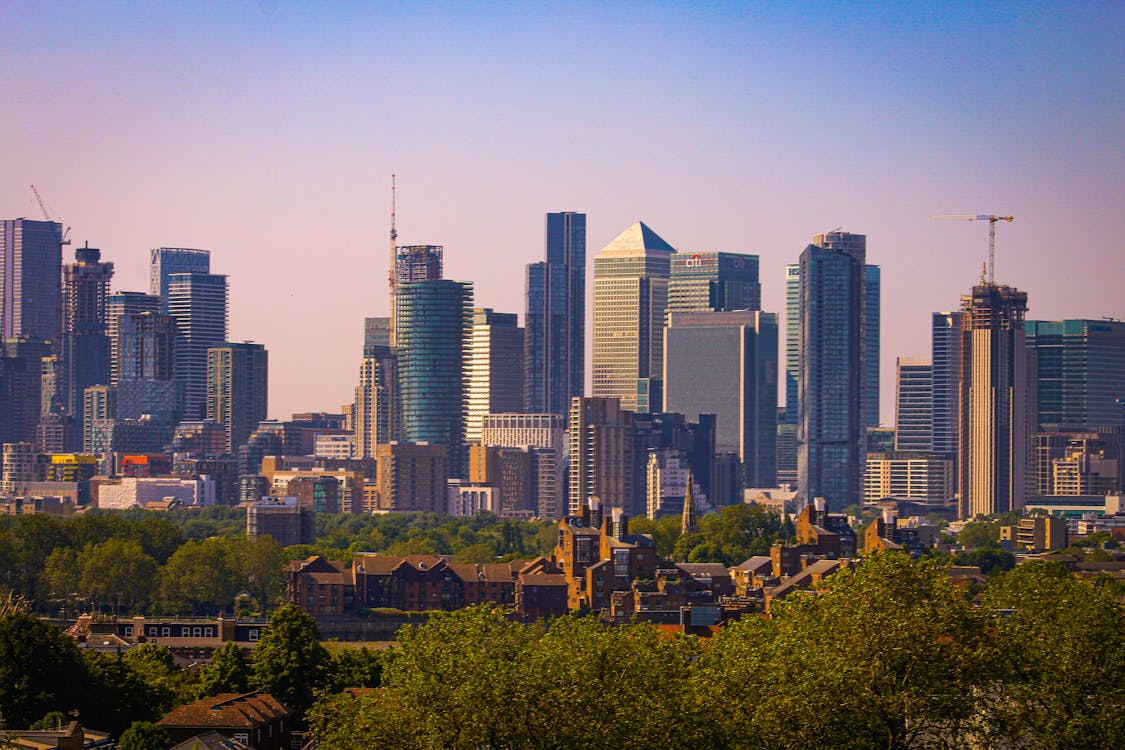
The growth and importance of particular town centers will be the result of redevelopment. The current urban topography of London beyond its central area is characterized by the suburbanization that happened 100 years ago, which is dominated by terrace housing and post-war estates. The number of remaining development sites on a large scale is decreasing. By 2040, a number of Opportunity Areas, including Romford, Bromley, Canada Water, Greenwich, Euston, Kings Cross, and Earls Court, will be almost complete. This will consequently focus substantial new growth opportunities on the outer London 'town centers' that have been consumed by the expansion of London over the past 300 years.
London, being a global megacity, is also known to be one of the cities with the least economic diversification worldwide. However, by 2040, the economic base in London is predicted to become more diversified. The experts remain optimistic about the city's capability to capture a wave of expanding high-tech growth industries in the next twenty years. Some of these industries will include life sciences, artificial intelligence, and high-tech manufacturing operations, which will be the driving force behind a significant percentage of the real estate demand in 2040. The existing clusters such as the Euston Kings Cross Knowledge Hub will become even more intense, while new clusters will emerge. London's potential to become a leader in these industries will depend on its ability to draw and retain young talent. By 2040, with the public sector's collaboration in Euston, Bloomsbury, and White City, clusters are expected to continue to develop, with new and international academic institutions targeting London.

By 2040, London's housing supply is expected to increase in both size and location to accommodate population growth. Although the UK's population growth is projected to slow down, London will still experience a disproportionate amount of growth, primarily due to international migration, which will impact the city's demographics. The majority of this growth will be through the construction of large outer London developments or the creation of new towns in the wider South East, such as The Green Quarter in Southall or Ebbsfleet Garden City. Nevertheless, there is still a significant challenge and opportunity in addressing the major council estates in London, many of which have been neglected due to a lack of investment. Despite facing resource constraints in 2023, the public sector will need to play an active role in housing delivery by 2040, with support from a growing for-profit social housing sector.
In the upcoming years, smaller yet more frequent green and blue areas will be accessible throughout the city. The ratio of ground floor space per resident has been decreasing over the past century due to high-rise densification. By 2040, the value of green spaces and increased biodiversity will rise, making them an important asset and, in some cases, a source of income. Hyde Park and Regents Park, known as the lungs of central London, will play a crucial role in providing an experience that is in line with the greater central leisure offer. More money will be invested in events, planting, and temporary exhibits. Simultaneously, pocket parks and riverscapes will become more practical, offering accessible amenities such as urban beaches, work-friendly spaces with coffee shops, seating areas, covered areas, and digital connectivity. Urban and vertical farming uses will increase in Central and Inner London, particularly in outdated and awkward spaces. The number of London parks will also increase, with some parks replacing roads that were historically used.
London can improve its infrastructure and increase its capacity through modernization and better utilization. More effective management of the transportation of goods into London, especially in areas with high congestion, will be necessary. This can be achieved through improved utilization of existing infrastructure, which is currently not being used to its greatest potential, such as the Thames and canals, rail for inter and intra-city movement of goods, and better use of road infrastructure, such as dedicated freight corridors. The use of AV routes, marshaling stations, and drone landing stations will become more widespread, while consolidation centers will be more widely adopted as part of planning conditions for new developments in congested areas, or as part of landlord or major stakeholder-led initiatives. London's digital infrastructure will also see significant improvements with the use of IoT and AI to manage congestion issues, increase local democracy, and enhance the efficiency of public service delivery. This will be anchored by an upgraded fiber/next-gen cellular network, as well as new energy infrastructure designed to increase electrical capacity as demand increases.
London will prioritize sustainability in its buildings and lifestyle. The UK is at the forefront of global sustainability initiatives, leading the way in many areas. By 2040, London will have made significant progress towards achieving its 2050 targets, through changes to real estate and transportation. Both new and existing developments will incorporate a net gain of biodiversity and ample green space. The repurposing of existing stock will become a much more significant aspect of all development, and this will be evident in London's development pipeline. The widescale adoption of new construction methods and materials such as CLT, zero carbon cement, and graphene will result in a significant amount of real estate that is net zero carbon in operation by 2040. By 2040, people will travel less, but with more purpose. New town centers with 15-minute neighborhoods, combined with hybrid working, will reduce the need for unnecessary travel. There will be a widespread practice of measuring the social value of development and master planning. The focus will be on health and well-being, as well as the creation of economic opportunities.
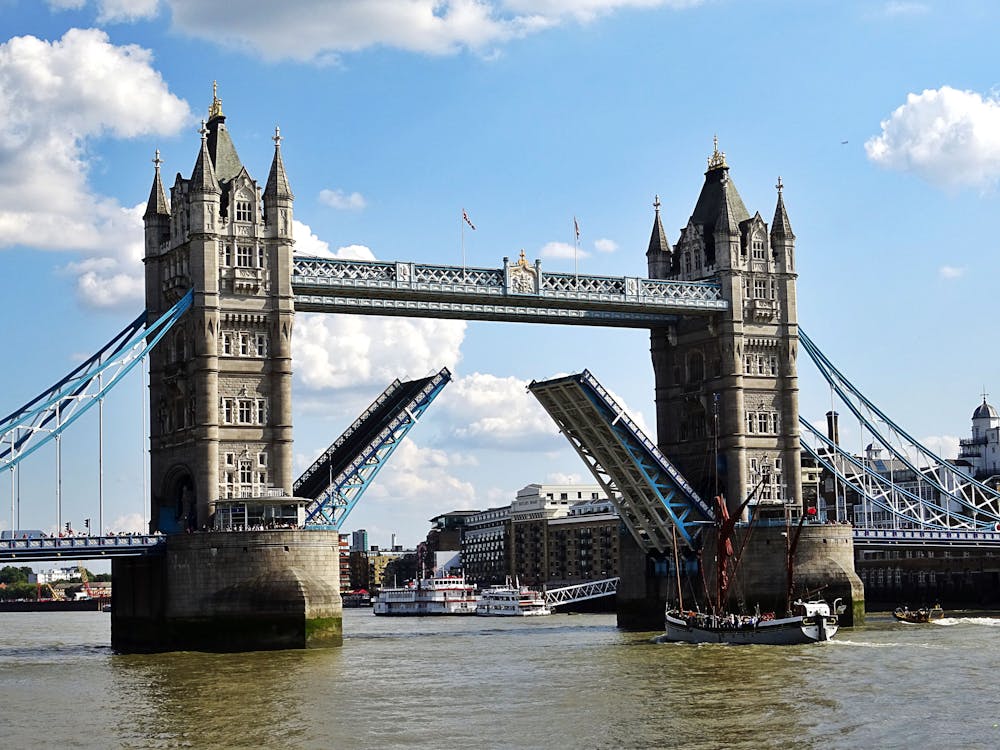
According to Cushman&Wakefield experts, the real estate sector can rise to the challenge of the opportunities presented by this vision. With housing in London being a top priority, its success could pave the way for growth in other areas. Planning authorities must take a proactive approach in enabling large-scale housing development, while the private sector should explore new methods and the public sector should play a larger role in construction. In order to achieve inclusive growth, the private sector needs to adopt a charter that addresses gentrification and promotes regeneration. Collaboration between landowners is key to delivering the best schemes. To attract talent and businesses to London, incentives must be provided for growing industries. Eliminating the number of cars in the central zone will reduce environmental pollution, resulting in an improvement of green spaces and public places.
For more information, please see:
Cushman & Wakefield. MyCity London 2023
Image source - Pexels.
